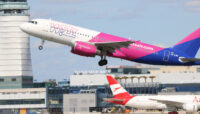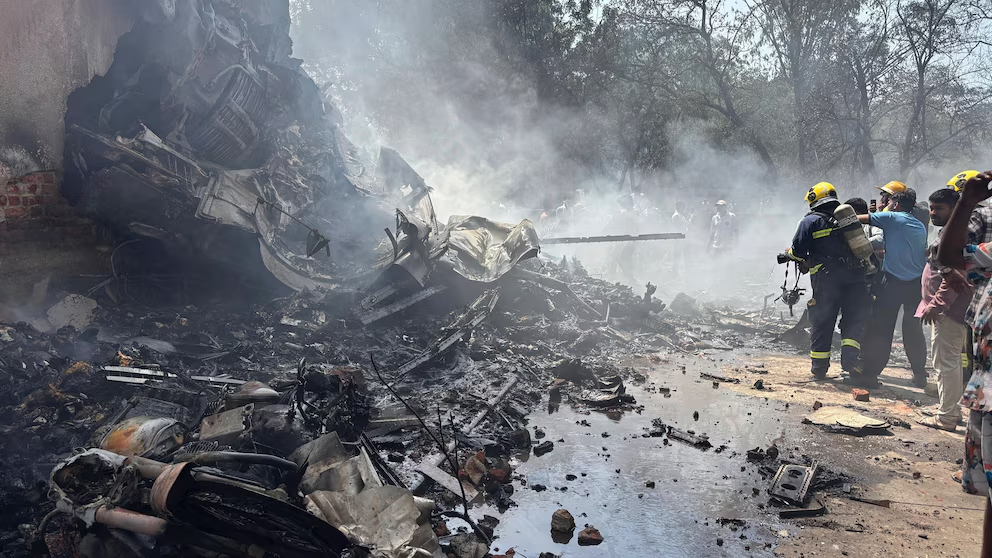A dark chapter was written in aviation history on June 12, 2025, as Air India Flight AI171, a Boeing 787-8 Dreamliner, crashed moments after takeoff from Ahmedabad, India. What should have been a routine flight to London Gatwick turned into an unimaginable catastrophe, claiming 241 lives and marking the first-ever fatal crash involving the Boeing 787.
The Flight That Never Made It
Flight AI171 departed Sardar Vallabhbhai Patel International Airport at 13:38 local time. Onboard were 230 passengers, including 11 children and 2 infants, and 12 crew members. Within minutes, however, disaster struck. The aircraft reached only about 625 feet before a rapid loss of altitude was reported.
Eyewitnesses described a horrifying scene: the jet struggled to climb, then plunged into the Meghani Nagar district, crashing into a medical hostel building near BJ Medical College. Fires raged as thick black smoke engulfed the area.
Amid the wreckage, one passenger — British-Indian national Vishwash Kumar Ramesh, seated near an emergency exit — miraculously escaped and is now recovering in hospital. He is the sole survivor of the tragedy.
A Nation—and an Industry—In Shock
The crash sent shockwaves across India and the world:
- Among the dead was Vijay Rupani, former Chief Minister of Gujarat.
- Dozens of medical students and hostel residents were also killed or injured on the ground.
- The tragedy has deeply shaken Air India, which is undergoing a major fleet modernization under Tata Group ownership.
Government leaders responded swiftly. Prime Minister Modi called the crash a national tragedy. The UK’s Prime Minister Keir Starmer convened an emergency COBRA meeting, as 53 British citizens were among the passengers.
What We Know So Far
While the investigation is still in its early stages, some troubling details have emerged:
- The aircraft’s landing gear remained extended even as the flaps were retracted—an unusual configuration for this phase of flight.
- A MAYDAY call was issued seconds before the crash.
- Videos suggest a sudden and severe failure occurred, too late for an aborted takeoff.
India’s AAIB is leading the investigation, with support from the UK’s AAIB, the US NTSB, Boeing, and GE Aerospace.
The Human Toll
The numbers are stark:
- 241 confirmed fatalities, including ground casualties.
- One survivor.
- Dozens more injured on the ground, many in critical condition.
Tata Group has pledged ₹1 crore (approx. €118,000) compensation per victim, and Air India has activated helplines and crisis teams for affected families.
A Wake-Up Call for Aviation
This crash is not just another statistic—it’s a turning point. The Boeing 787 Dreamliner, long seen as a marvel of modern aviation, is now under the microscope. Safety reviews, crew training, and emergency response protocols will all face renewed scrutiny.
For us in the aviation community — pilots, engineers, and enthusiasts alike — this is a sobering reminder: even in the age of advanced technology, no flight is ever routine.
Final Thoughts
As we await further answers from investigators, one thing is clear: the legacy of Flight AI171 will shape the future of air travel. The world owes it to the victims, their families, and the lone survivor to learn from this tragedy — and ensure skies remain safe for all.








